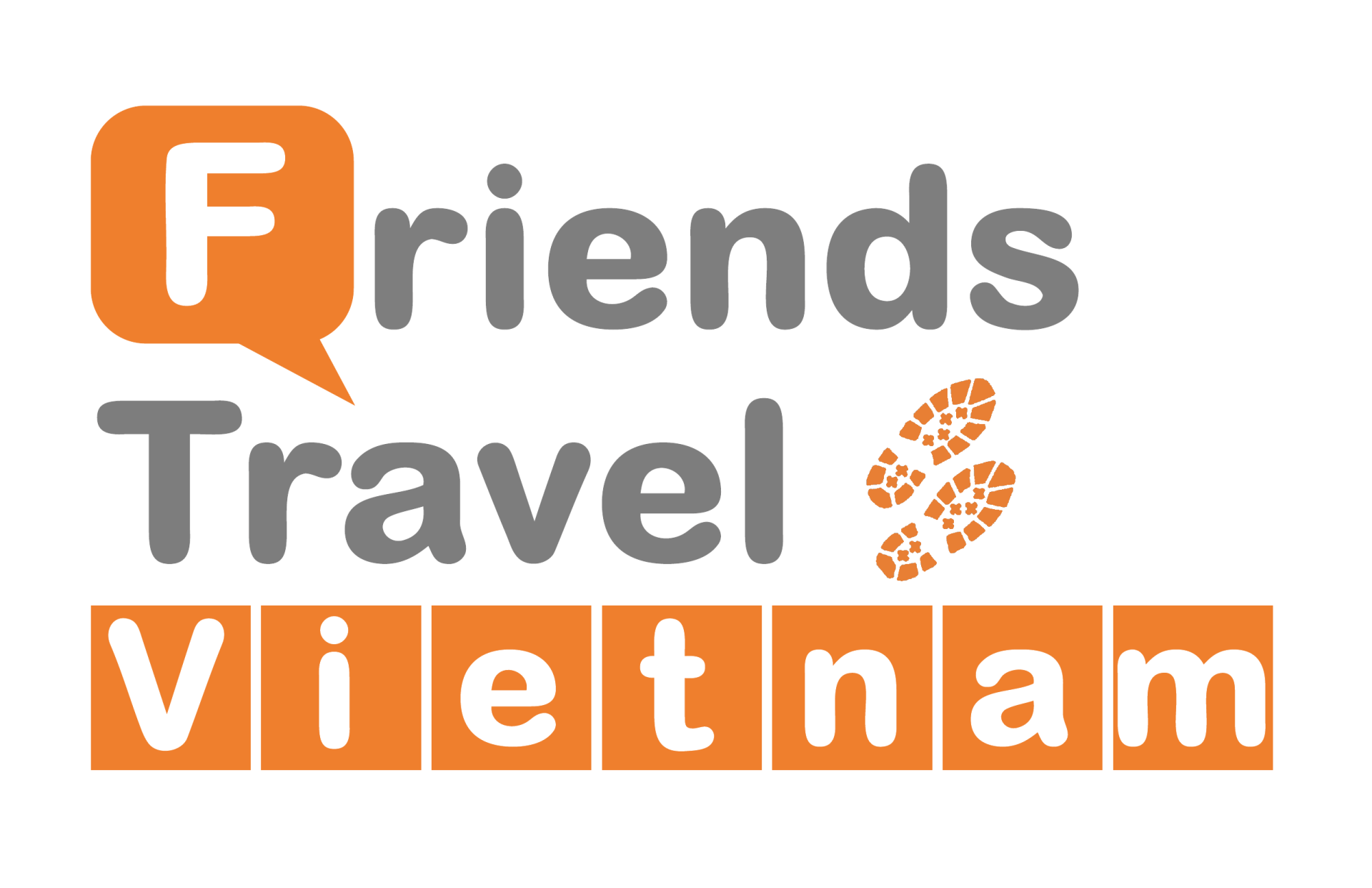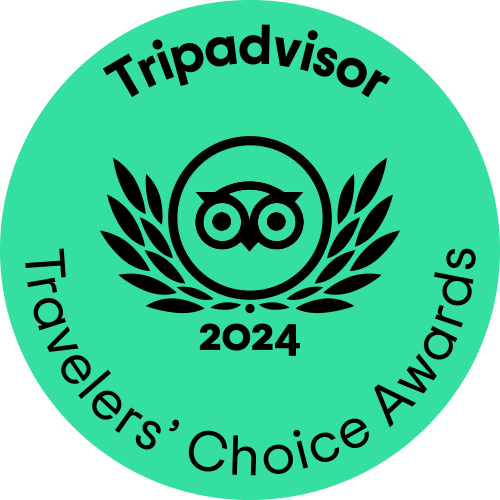Vietnam Travel FAQ's
Friends Travel Vietnam the Travel Company Turning Travellers Into Friends Since 2013
Travel packages, private tours, group tours
24/7 Support
Lowest Price Guarantee
Thousands of Reviews
Got Questions about Travelling in Vietnam?
Great, cause we’ve got the answers! We’ve put together some commonly asked questions (FAQ) below to give you more information about “Vietnam Travel” and the cover we offer. If you don’t find the question and answer you’re looking for here, please don’t hesitate to contact us!
Vietnam is one of Southeast Asia’s most beautiful countries, attracting travellers to its lush mountains, bustling cities and golden sand beaches. Despite rapid modernization in Vietnam’s urban centers of Hanoi and Ho Chi Minh, time-honored traditions remain intact amongst the locals. There are numerous ancient landmarks and colonial structures that have survived throughout the bumps and scrapes of history.
Buddhist shrines can be found next to towering skyscrapers, where you can experience vibrant festivals and ceremonies dating back hundreds of years. Long, sandy beaches are home to luxurious resorts and fine-dining venues, making them ideal romantic getaways, while expansive rice terraces on the hills make for excellent hiking excursions. Whether you’re planning a historical tour of Hanoi and Ho Chi Minh, a relaxing beach break or simply want to escape the bustling city life, our Vietnam travel guide caters to just about any holiday preference.
Vietnam at a glance
| Population: | 97.4 million (2020) |
| Capital City: | Hanoi 8.1 million (2020) |
| People: | 53 ethnic minorities |
| Language: | Vietnamese |
| Currency: | Vietnam Dong (VND) |
| Time Zone: | GMT +7 Hours |
| International Dialing Code: | +84 |
Geography and environment
Occupying a long, thin part of the Indochinese peninsula, Vietnam shares borders with China, Laos and Cambodia. Much of Vietnam's terrain is mountainous, particularly the north and central highland regions. Although people still choose to live in the densely forested highland regions, most of Vietnam's population is concentrated in the cities of the low lying areas, where infrastructure is more easily built and the land is fertile. One of the 12 great rivers of the world, the Mekong, runs through Vietnam and has been responsible for wide-scale flooding. A system of canals and levees has been quite successful in redistributing the water during monsoons, and has helped to alleviate flooding in the Mekong Delta and surrounding areas.
Top 10 Iconic Landscapes of Vietnam
- Halong Bay - There's nothing quite like Halong Bay first thing in the morning. As the mists clear, hundreds of huge karst towers appear, looming high above the boat. In the soft morning light it's like waking up in a watercolor painting of a mythical land.
- Hanoi - Motorbikes piled high with people, produce and even animals zip through the streets. It's crazy, haphazard and somehow it works. The best way to take it all in is from a rooftop cafe. Order an extra strong coffee and watch the chaos unfold below.
- Mekong Delta - This massive area of floating markets, emerald rice paddies and lush islands is home to some of the friendliest people on earth. Take a boat trip to one of the sleepy islands to get a front row view of life on the Delta, and meet the people who call it home.
- Sapa - Head to the hills and see the colorful villages of Vietnam's minority groups - the Zay, and the Blue and Black H'mong. The area is remote so the best way to experience it is on an overnight trek, spending the night as a guest of a local family.
- Quy Nhon - Quaint Qui Nhon is a sleepy beach town off the main tourist trail. It's worth coming here just for the drive. The road hugs granite cliffs that plunge into the South China Sea, and islands, lagoons and sand dunes slowly give way to sugar plantations and rice fields.
- Hue - Jam-packed with imperial sites, Hue is one for the history buffs. Explore the Citadel with its ruined Forbidden Purple City before embracing your inner emperor and taking a dragonboat cruise down the Perfume River.
- Hoi An - This shoppers' paradise is home to more boot makers, tailors and handicraft than you could visit in a lifetime. While you wait for your suit to be made, hire a bicycle and explore the Old Town - the streets are blissfully car free.
- Ho Chi Minh City - Still known as Saigon to most, HCMC is a city on the go. It's fast-paced, exciting and full of amazing sites. Temples and markets collide with churches and skyscrapers for a heady mix of traditional, colonial and modern.
- Mai Chau & Pu Luong - The destination feels a million miles away from the bustle of Hanoi. Misty mountains and emerald rice paddies contribute to the air of peacefulness. Be sure to look out for the traditional fabrics woven by the White Thais that call this area home.
- Dalat - It's spring all year round in Vietnam's 'honeymoon capital'. Soak up the French-inspired atmosphere, spot the quirky local artists and explore the surrounding lakes, waterfalls and forests. C'est fantastique!
Health and Safety
Friends Travel Vietnam takes the health and safety of its travellers seriously, and takes every measure to ensure that trips are safe, fun and enjoyable for everyone. We recommend that all travellers check with their government or national travel advisory organization for the latest information before departure: Read more
History and government
Early History
The land now known as Vietnam has been inhabited since prehistoric times. Archaeological finds suggest that structured societies were in existence from as early as the 1st millennium BC. Early society was mostly feudal and agriculture-based, with various dynasties overseeing different parts of Vietnam until the Chinese invasion of 111 BC, which saw the societies of Vietnam and China become intertwined. Various Chinese dynasties dominated the area for hundreds of years, although revolts finally led to Vietnam gaining self-autonomy in 905. By 938, this period of Chinese imperial domination came to a close and Vietnam entered into an age of independence.
Recent History
During the 19th century, Vietnam came under the influence of French colonizers, who assumed control of Vietnam after the Sino-French War of 1884 and 1885. French Indochina was formed in 1887, and included parts of Vietnam, Cambodia and, later on, Laos. Although the French managed to suppress internal movements towards independence for many years, their control was finally relinquished in 1954 when Vietnamese forces overcame the French during the first Indochina War. Following this war, Vietnam was divided, with separate forces ruling the north (led by Ho Chi Minh) and the south (led by Ngo Dinh Diem, with support from the United States).
The second Indochina War created wide-scale devastation and turmoil for the people of Vietnam, leading to mass migration to other parts of the world as asylum seekers tried to escape the conflict that ravaged their homeland. By the 1980s Vietnam's economy had all but collapsed, leading to further waves of migration out of Vietnam. More recently, Vietnam has benefited from the free market economy that was set up in 1986. Vietnam's economy continues to expand, with agriculture and industry providing the backbone, and the tourism sector also contributing. Although many Vietnamese people live below the poverty line, there have been widespread improvements in literacy and health which hopefully will continue to improve in the years to come.
Shopping
Vietnam has a nice mix of interesting markets and small shops, with handicrafts, art and clothing among the best picks.
It's a good idea to check with your local customs officials to ensure that you are able to bring certain items back into your home country. Australia and New Zealand generally have strict quarantine laws.
Things to buy in Vietnam
1. Tailored Clothing
Hoi An is one of the best places in the world to get tailor-made clothing at a great price. Find a tailor, choose your fabric, get measured and return later to collect your custom-made fashion.
2. Hilltribe Handicrafts
Some of Vietnam's hilltribe people make excellent woven bags, clothing and jewellery which make meaningful souvenirs for friends back home.
3. Coffee
As one of the world's largest coffee exporters, Vietnamese coffee is among the world's best. If you’re a coffee fan, why not take a little taste of Vietnam home with you.
4. Lacquerware
The time consuming, intensive process of creating Vietnamese lacquer art results in a beautiful, smooth and polished finish that adorns everything from bowls to paintings and jewellery boxes. While not the cheapest of souvenirs, authentic lacquer art is worth spending a bit more on.
Culture and customs
Vietnam's ancient culture can be traced back centuries and over the years has been influenced in different ways by the Chinese, Khmer, French and American cultures. For most Vietnamese people, connection to family and community is paramount - whether they are from rural villages or living in the fast-paced cities. Most festivals and holidays are spent with the extended family - participating in rituals, feasting on special foods, giving symbolic gifts and paying respects to ancestors. Most Vietnamese people practice a form of religion that is an interesting mix of Buddhism, Confucianism and Taoism, although there are also a large number of practicing Catholics living in Vietnam. Having endured the hardship that the Vietnam War brought in the 1960s and 1970s, most Vietnamese people are keen to get on with life, living with a sense of optimism and humility.
Frequently Asked Questions (FAQ)
Get in touch
If you have any concerns, you can contact our support team online or over the phone.

